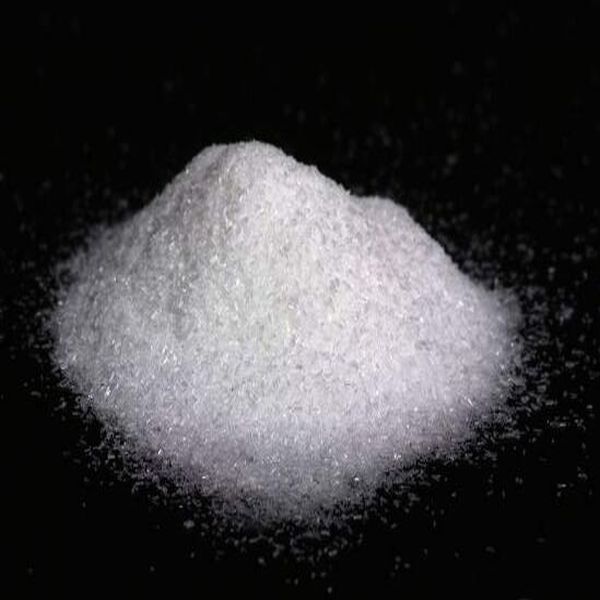Metsulfuron-methyl is an efficient sulfonylurea herbicide for wheat field with systemic conduction and selectivity. It was developed by American DuPont Company in 1980 after chlorsulfuron, and its activity is three times higher than that of chlorsulfuron. The mechanism of action of metsulfuron-methyl is similar to that of chlorsulfuron. It is absorbed by the roots, stems and leaves of plants, and is rapidly transmitted in the body, inhibiting the activity of acetolactate synthase (ALS), resulting in hindered valine and isoleucine biosynthesis, resulting in growth Suppressed and died. After the resistant crop wheat is absorbed, it undergoes benzene ring hydroxylation in the body. This hydroxylated product quickly forms a conjugate with glucose, thereby losing its activity. Metsulfuron is the most active species among existing sulfonylurea herbicides. It is suitable for all kinds of soil. It is used for pre-emergence soil treatment or post-emergence stem and leaf spraying. It mainly controls most broad-leaved weeds in wheat fields, and also has a significant inhibitory effect on gramineous weeds. When the soil is treated under drought conditions, the shallow concrete after spraying can improve the effect of controlling gramineous weeds. Because metsulfuron-methyl has poor activity on Sorrel, Canaria, Poa, etc., a mixed preparation Finesse with Chlorsulfuron was formulated. Its influence on later works and its application technology are still under study. Degradation in soil: Metsulfuron-methyl disappears through hydrolysis and microbial degradation in the soil, with a half-life of 4 weeks. In acid soil, due to rapid hydrolysis, it decomposes slightly; its duration in the soil is shorter than that of chlorsulfuron. The effective amount of 2 and 8 grams per hectare is used. After 7 and 44 weeks after application, the residual amount cannot be measured, so the safety of the following crops is higher than that of chlorsulfuron. Metsulfuron has a long residual period and should not be used in sensitive crop fields such as tea, corn, cotton, and tobacco. Planting rape, cotton, soybeans, cucumbers, etc. after 120 days of application in neutral soil wheat fields will produce phytotoxicity, and alkaline soil will cause more phytotoxicity. Therefore, it is limited to wheat fields in the Yangtze River Basin and its south, acid soil (pH<7), and rice-wheat rotation areas.
Post time: Aug-06-2020
